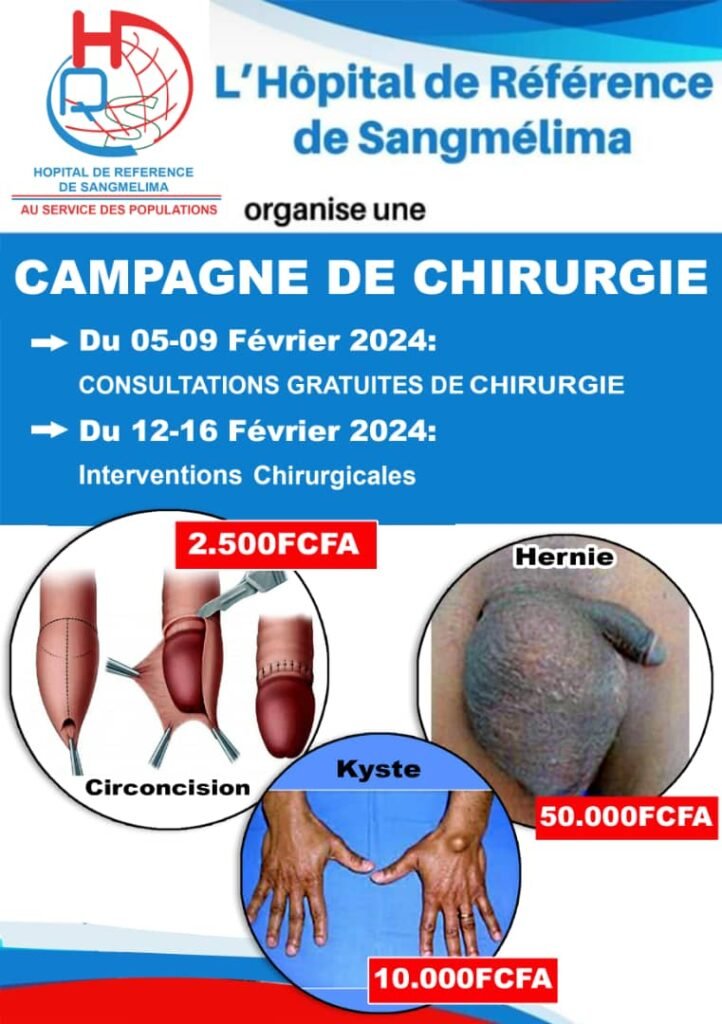Tuberculosis of the serosa seen at the Befelatanana Pneumology Division, Madagascar
Authors: K. Ravahatra, J. Rajaoarifetra, M.O. Rasoafaranirina, A.M. Nandimbiniaina, M.F. Arneaud, J. Rakotomizao, H.M Tiaray, J.L Rakotoson, R.N. Raharimanana, A.C.F. Andrianarisoa – Madagascar
Abstract
Introduction: Serous tuberculosis is the most common form of tuberculosis after bacteriologically confirmed pulmonary tuberculosis (TPB+). The aim of this study was to describe the epidemioclinical, paraclinical, therapeutic and evolutionary aspects of serous tuberculosis seen in the Pneumology Department of the University Hospital of Befelatanana, Madagascar.
Material and methodology: This is a retrospective, descriptive and analytical study of serous tuberculosis encountered in the Pneumology Department of Befelatanana University Hospital, Madagascar during the period from 2013 to 2018.
Results: We found 1,624 cases of tuberculosis, 446 of which had serosal involvement (27.46%). In serous tuberculosis, pleural, peritoneal, tuberculous polyseritis and pericardial involvement accounted for 80.05%, 10.53%, 8.07% and 1.35% of cases respectively. The mean age of patients was 38 years. Among the risk factors studied, chronic renal failure and HIV contributed significantly to the development of serous tuberculosis compared with other forms of tuberculosis (p = 0.007 and 0.0008). Clinical signs were dominated by dyspnea (65%), chest pain (53%), cough (50%), fever (68%) and asthenia (67%). HIV serology was positive in 3.81% of cases. Fluid samples showed elevated leukocyte counts in 87% of cases, with lymphocyte predominance in 92%. Histological examination enabled the diagnosis to be made in 89% of cases. 95% of patients were treated as new cases, with a cure rate of 92.83%.
Conclusion: Improved investigative techniques could contribute to better management.









